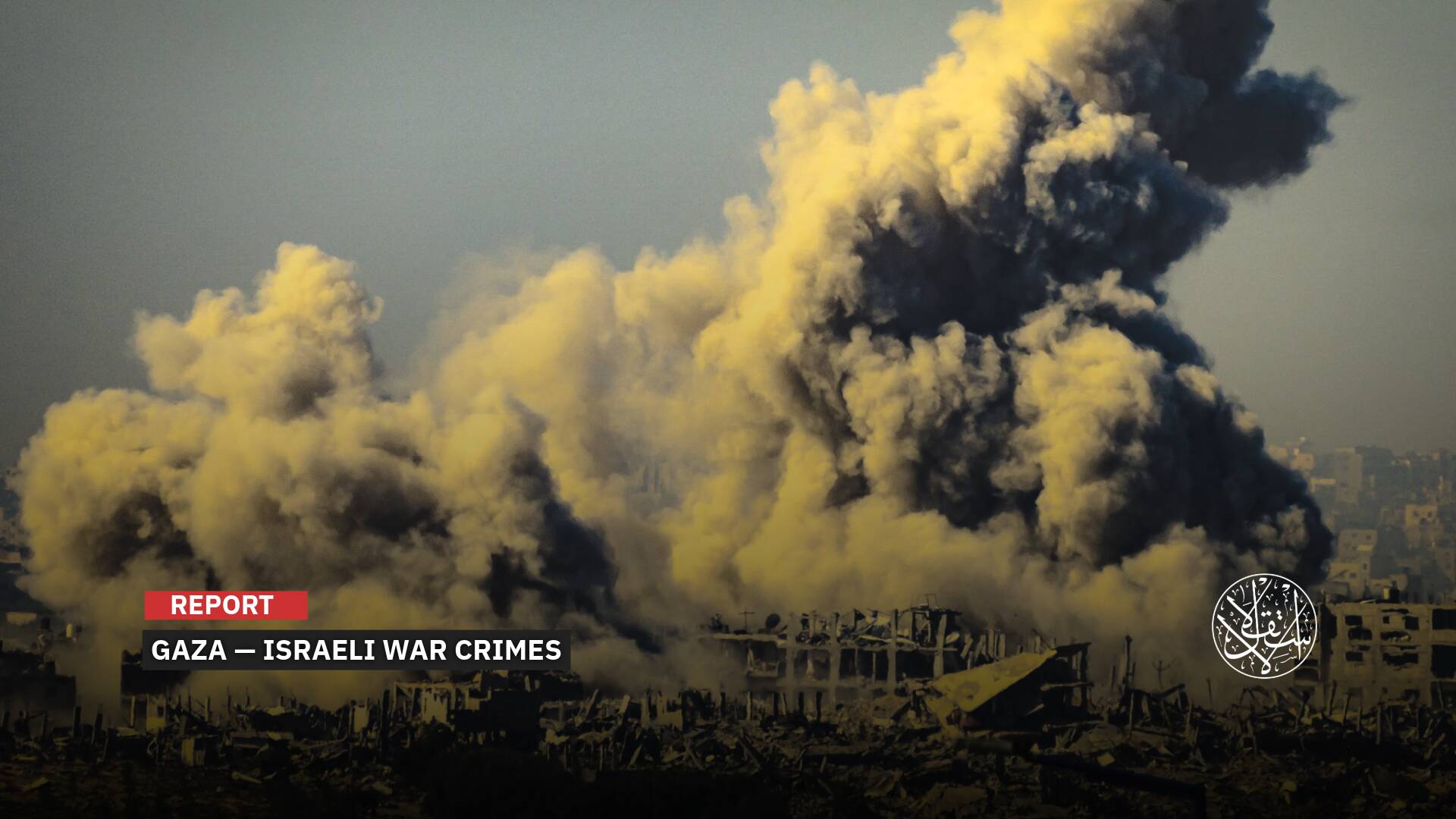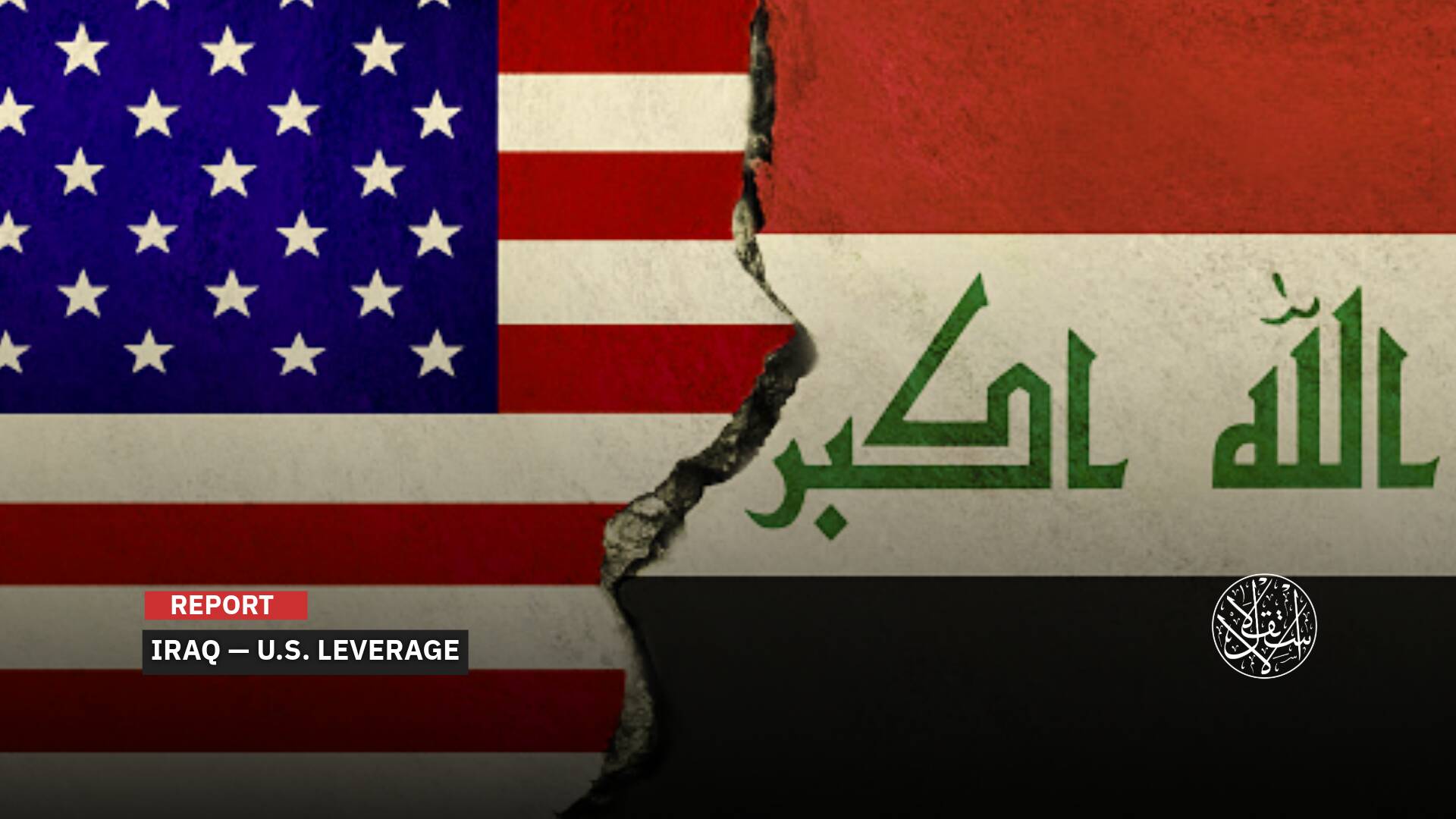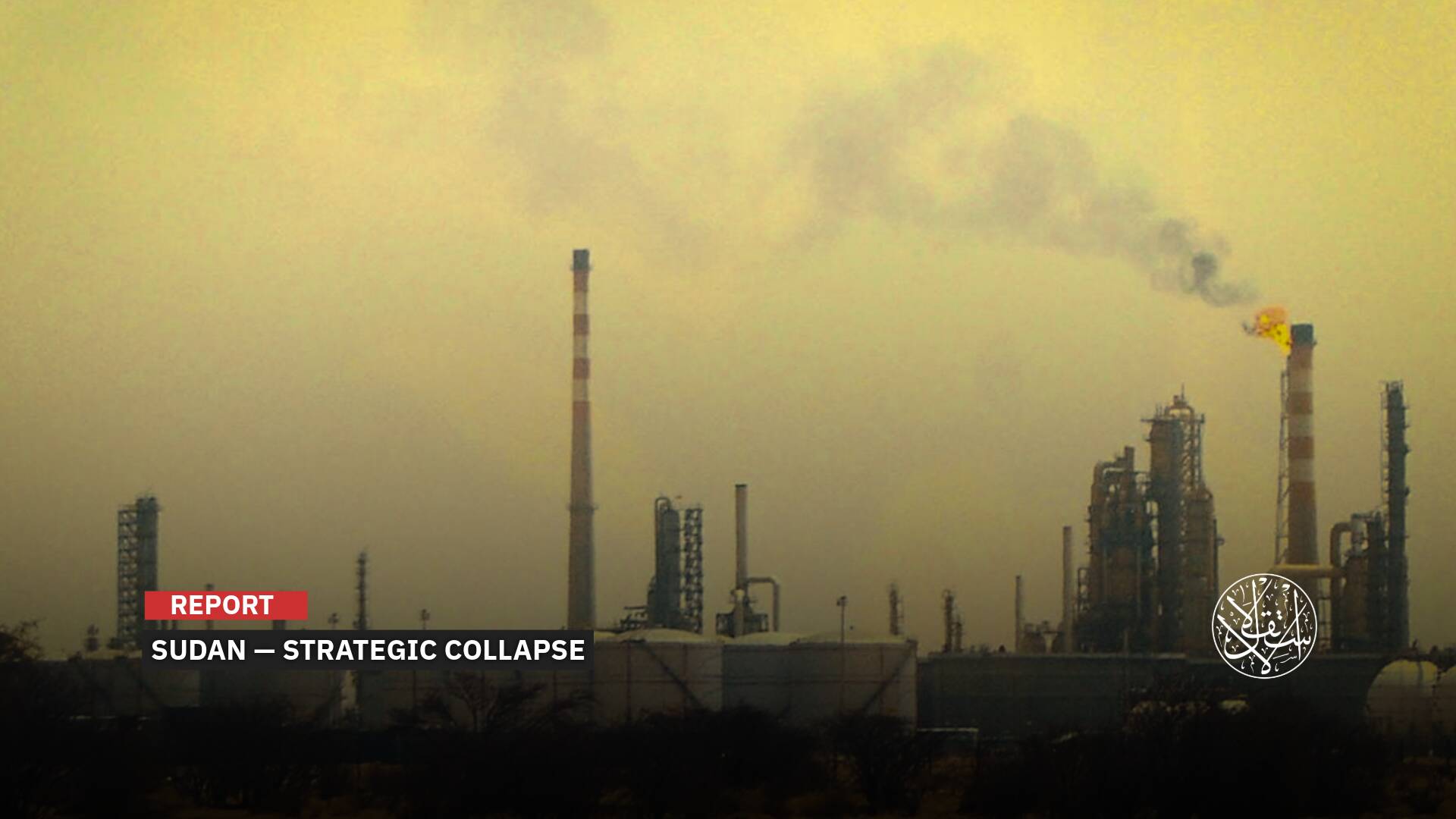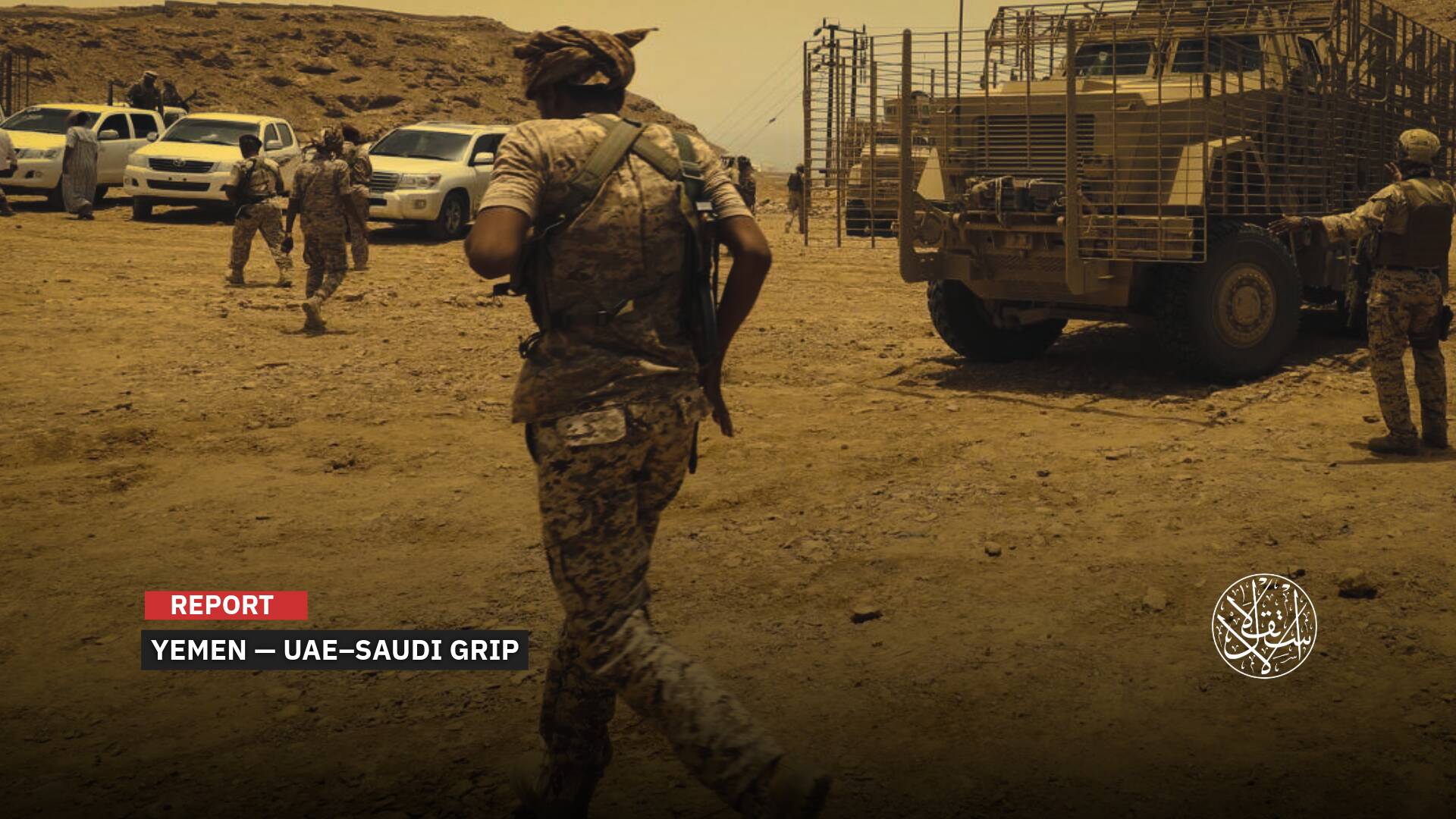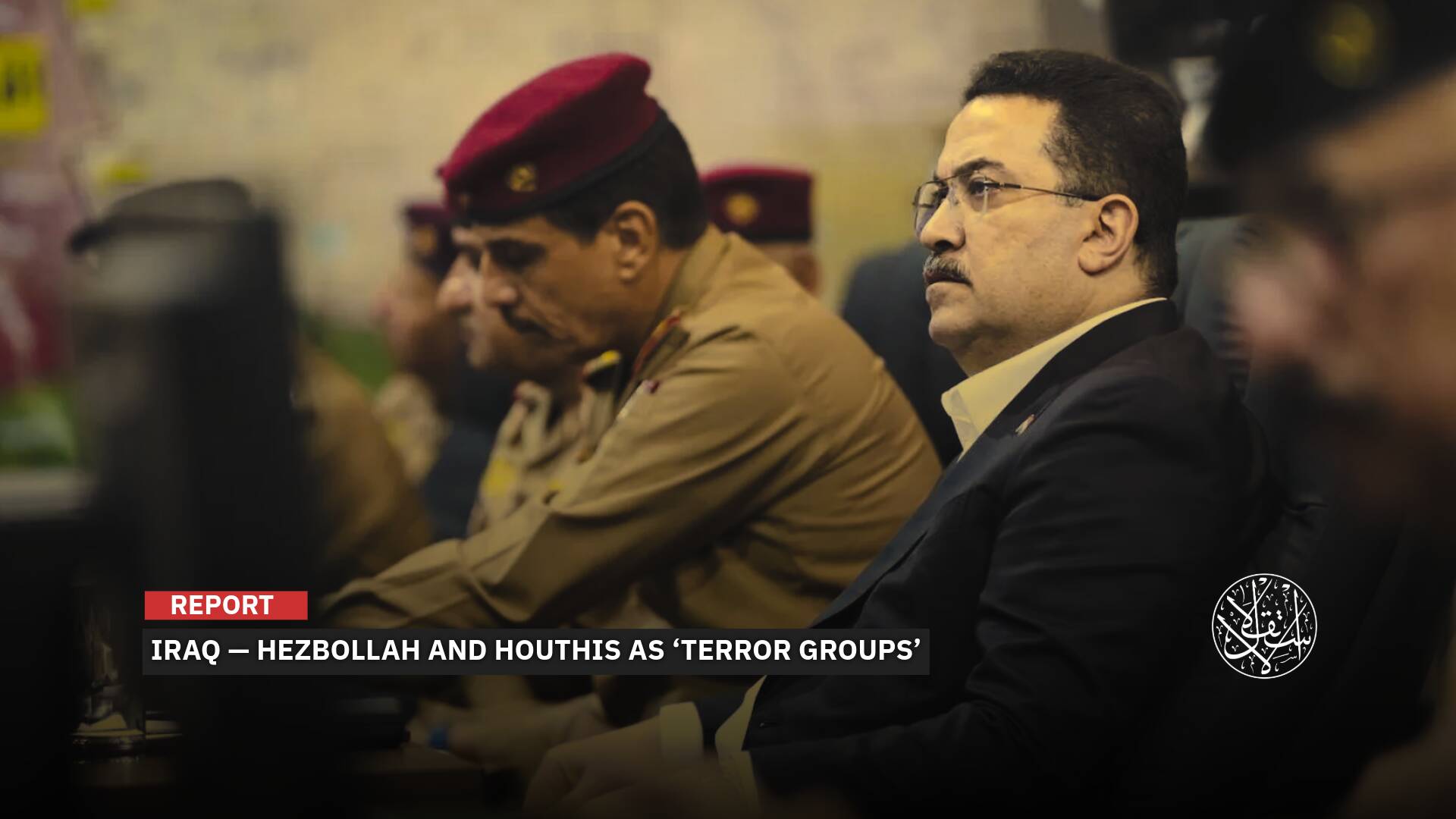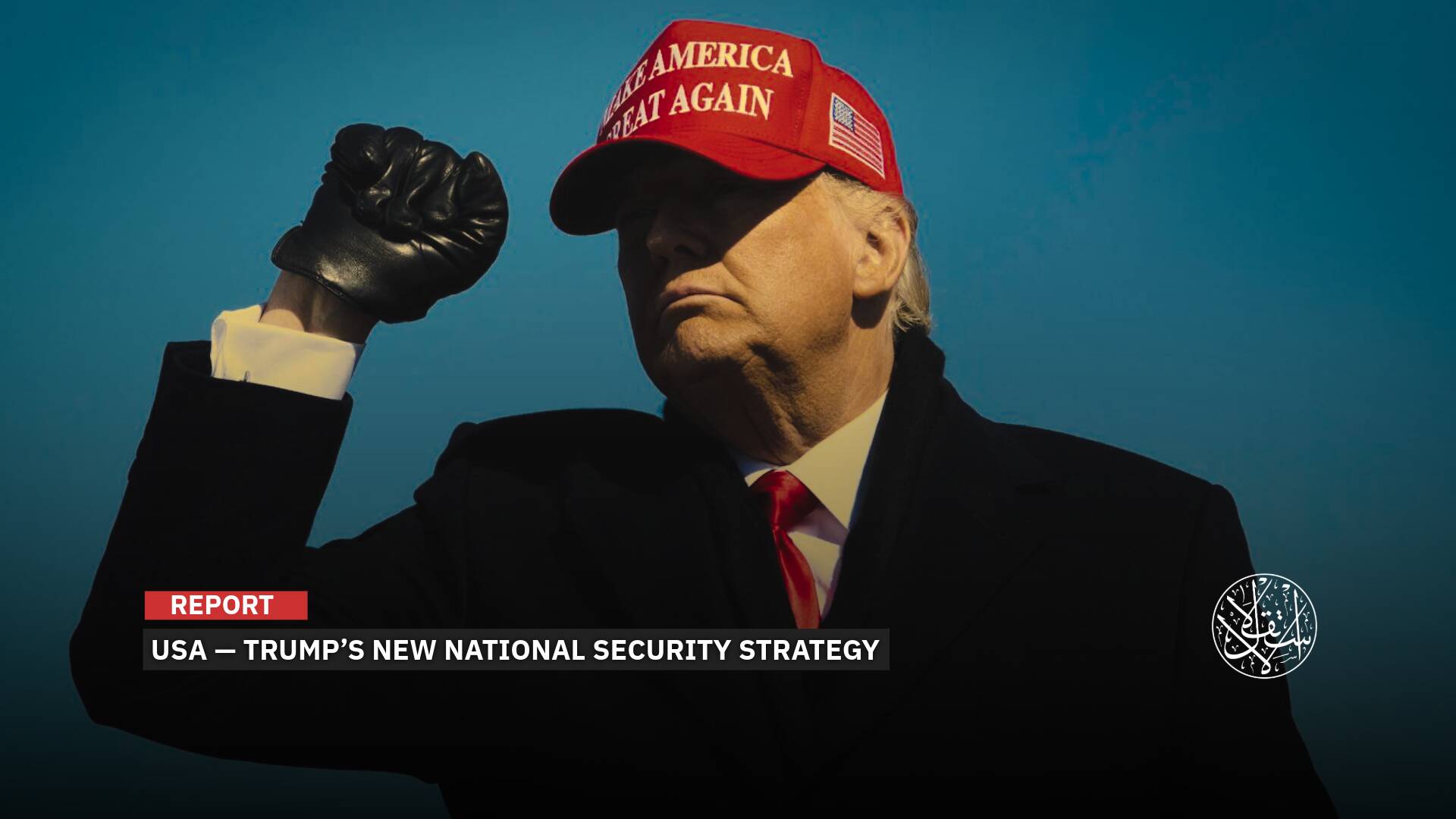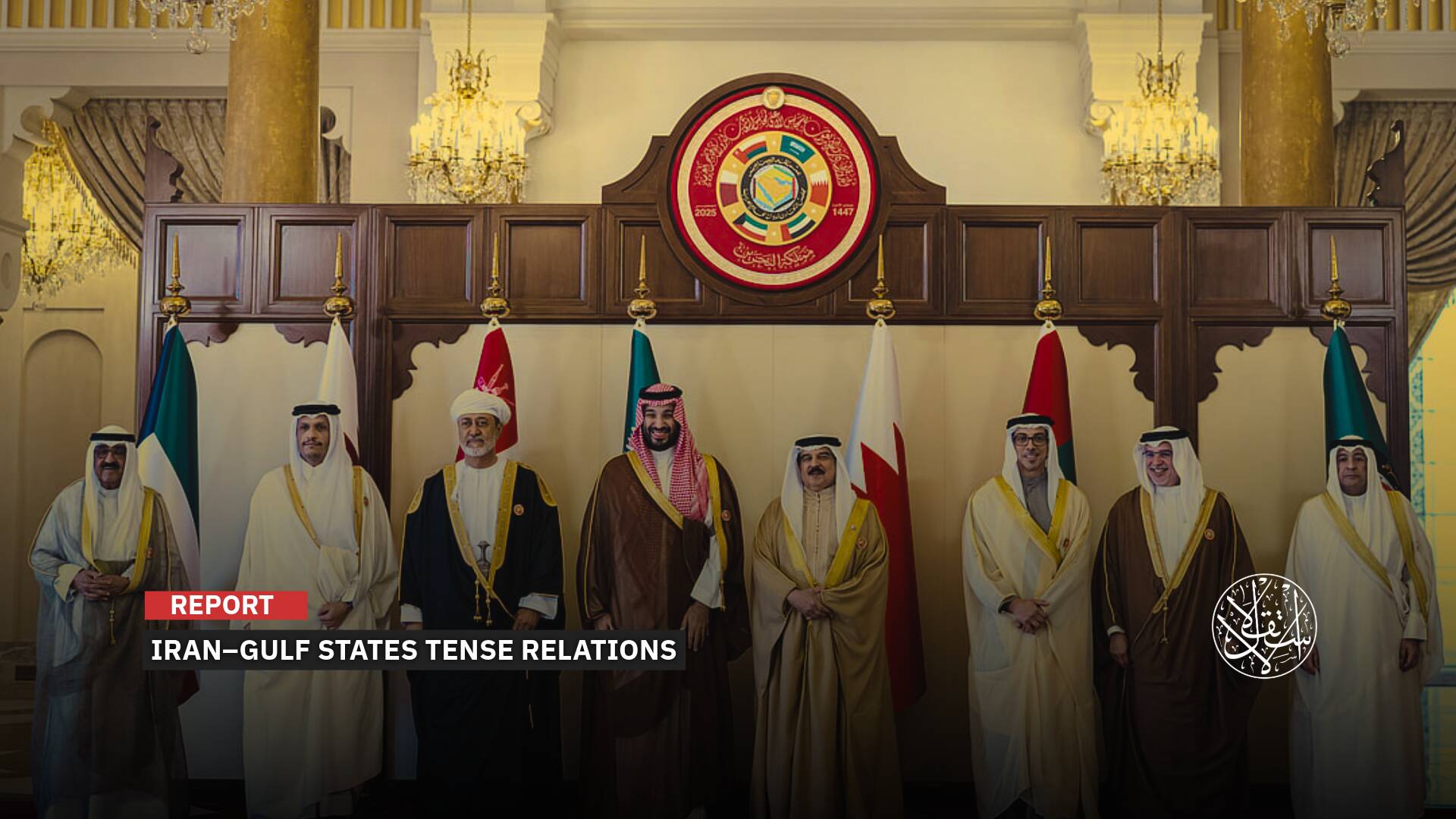An Arena for Cold Wars: How Alliances Are Being Reshaped in the Horn of Africa

“Djibouti hosts 6 foreign military bases: the United States, France, China, Japan, Spain, and Italy.”
Due to the geostrategic importance of the Horn of Africa region, and the fragility of its security, political and economic situations, the motivations of international and regional players to position themselves in it have increased, which has made its countries an arena for cold wars, and a conflict of wills awaiting a spark to explode into a regional clash.
The Horn of Africa region, geographically, includes four countries: Somalia, Djibouti, Eritrea and Ethiopia, while in the view of some it expands to include other countries such as Kenya, Uganda, Tanzania, South Sudan, Sudan and Yemen.
During the current year, the media has focused greatly on the Red Sea, which borders the Horn of Africa, as it has turned into an unsafe area as a result of the Israeli war on Palestine and Lebanon, and the resulting clashes and attacks between the Yemeni Houthi group on the one hand, and the United States, Britain and “Israel” on the other hand.
Regardless of the state of affairs in the Horn of Africa in general and the Red Sea in particular, there are three major powers leading the race to be present there, namely the United States, China and Russia.
Three regional powers: Turkiye, Iran and India, have joined the bandwagon in search of a place for themselves in the region, prompting officials and observers to warn of many escalation scenarios in the region, such as turning into a cold war arena between international players.
International Competition
The geopolitical value of the Horn of Africa countries is highlighted by its oversight of the Red Sea, the Arabian Sea and the Indian Ocean, and its shared view with Yemen of the Gulf of Aden and the Bab al-Mandab Strait.
The Horn of Africa countries also largely control international trade routes and oil transport routes from the Gulf states to Western Europe and the United States.
Trade movement through the Red Sea and the Suez Canal provides a competitive advantage in terms of time and cost, as this route is the shortest route for trade between the East and the West compared to the Cape of Good Hope route.
This importance can be inferred from global trade data transiting the Red Sea.
This trade accounts for about 12% of the world's annual trade, 30% of global shipping container traffic, and a value exceeding one trillion dollars, in addition to 7 to 10% of global oil supplies, which prompts major countries to be present to secure their trade and protect their interests.
In practical terms, international competition is mainly focused on the ten seaports, as they have enabled the Horn of Africa region to become a link between commercial centers and markets in East and Central Africa, and the countries of Europe, Asia and the Middle East.
The competition over these ports appears between the United States, which seeks to achieve security and strategic goals through a group of maritime security alliances, and China, which seeks to expand its maritime investments within the framework of its Belt and Road initiative, as it acquires the management and operation of the port of Djibouti.
Regional powers are on the same path, including Turkiye, which controls the port of Mogadishu according to an agreement signed in March 2023, as well as Ethiopia, which is looking for a sea outlet, especially after its agreement with the separatist region of Somaliland, amid Somali and Arab rejection.
In addition, the natural resources of the Horn of Africa constitute another target for international competition.
According to reports, the region has large quantities of lithium, gold, gas, and other critical minerals needed by major countries.
The Horn of Africa region also enjoys large quantities of newly discovered oil in its territory.
In Kenya, oil exploration began in 2012, and after that, important oil discoveries followed.
Ethiopia is also one of the economically promising countries after the discovery of many natural resources hidden in its territory, including oil, which was recently discovered surprisingly.
In 2010, Eritrea announced that it had huge reserves of oil and gas off its coast in the Red Sea.
In 2015, major international investments in Eritrean oil began, with the European Union announcing a €200 million grant to Eritrea to develop the energy sector.
Somalia also has at least 30 billion barrels of oil and gas reserves, according to the International Trade Administration website.
Last July, Turkiye and Somalia signed an agreement to explore for oil and gas in three areas off the Somali coast.
Meanwhile, China today receives 25% of its total oil imports from the African continent, 7% of which comes from Sudan alone, and China is the largest foreign investor in Sudan.
The creation of a special envoy for the Horn of Africa in February 2022 reflects China’s growing interest and involvement in the Horn of Africa.
A senior Chinese official has described the Horn of Africa as having geographically strategic importance, abundant resources and enormous potential.”

Military Presence
In response to threats to navigation, the international military buildup in the region is increasing. For example, Djibouti, despite its small size, hosts 6 military bases for the United States, France, China, Japan, Spain and Italy.
According to observers, the ambitions of international powers to control the waterway are behind the increasing foreign military presence on the western coast of the Red Sea.
Security fragility and extreme poverty levels are also key drivers for the Horn of Africa countries to lease large areas of their lands to establish foreign military bases, as is the case in Djibouti, Eritrea and Somalia.
Djibouti relies on annual fees to lease land for foreign military bases, as an important part of its annual national income.
The revenues from these fees in 2020 amounted to about $129 million, or 18% of the country's income.
Eritrea has also provided “Israel” with a military presence by allowing it to establish a base on the Dahlak Islands since the 1990s, while it also hosts an Iranian naval base near the port of Assab.
Turkiye also opened a military training base on Somalia’s Indian Ocean coast in 2017.
On its part, the Indian Navy deployed a large fleet of 12 warships in the Gulf of Aden and the Arabian Sea for the first time earlier this year, ostensibly to combat piracy off the Somali coast.
However, attempts by other international players in the region to establish a military presence have not stopped, reflecting their desire to impose their guardianship over the region.
Russia is also seeking to gain a foothold on the Red Sea coast. Moscow concluded an agreement with Sudan in 2017 to establish a naval base.
Last June, Sudanese Sovereignty Council member Yasser al-Atta announced that Moscow had requested the establishment of a fuel station on the Sudanese coast.
In parallel, Moscow concluded an agreement with Eritrea in January 2023 to exploit the port of Massawa.

It is noteworthy that the largest military presence in the Horn of Africa region comes from the United States, with the aim of responding to Houthi attacks on Israeli ships, as well as confronting piracy operations there.
Over the past years, Washington has diversified the formulas of its security alliances with its allies in order to confront threats to navigation in the Red Sea and the Gulf of Aden.
To this end, Washington launched the Sentinel Maritime Alliance in 2019.
In 2022, the United States formed the Combined Task Force 153, which includes 39 countries.
In November 2023, it also announced a new alliance called the Guardian of Prosperity, which includes 10 countries, aiming to confront Houthi attacks that obstruct international navigation.
In contrast, China is expanding its economic activity in the region, and is seeking to tighten its grip by granting large loans to the countries of the Horn of Africa, which raises concerns among Western powers about imposing Chinese guardianship over the countries of the region due to the accumulation of debts.
According to observers, the movements of the major powers are making the Horn of Africa a new arena for a cold war between them, warning of an escalation of the confrontation if Chinese and Russian interests conflict with Western movements.
The scenario of a cold war between the United States, China and Russia is not ruled out by observers, who considered the struggle for influence between these countries to increase tensions in the region, and may reach the point of clash in the future.
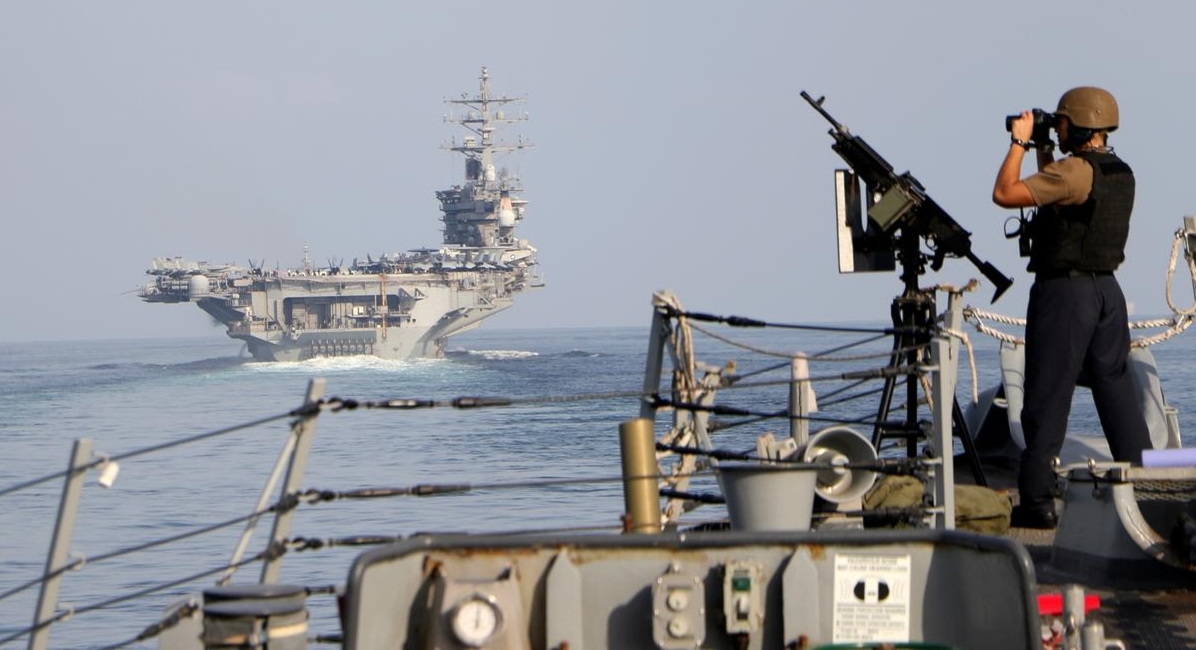
New Alliances
On the other hand, tensions and conflicts between the countries of the Horn of Africa constitute a back door for the interventions of external players.
Diplomatic ties between Somalia and Ethiopia deteriorated significantly after Addis Ababa signed a memorandum of understanding with the breakaway region of Somaliland to obtain a sea outlet and build a naval base, which Mogadishu rejected and considered an attack on its sovereignty and prompted it to strengthen its military cooperation with regional allies, such as Egypt and Turkiye.
On February 21, Somalia signed a defense and economic cooperation agreement with Turkiye, in addition to another memorandum of understanding with the United States to build up to five military bases for one of the army brigades.
But tensions escalated further last August, especially after Somalia and Egypt signed a military cooperation protocol, in a move that angered Addis Ababa, which accused Mogadishu of colluding with external parties to destabilize the region.
It is noteworthy that the Ethiopian agreement with the breakaway region of Somaliland came with the blessing of several Western countries. The United States and France had pledged, after signing a peace agreement between Ethiopia and Eritrea in 2018, to develop the Ethiopian naval forces despite the fact that it does not have a sea outlet.
However, Eritrean-Ethiopian ties later became strained, especially after Ethiopia signed a peace agreement with the Tigray People's Liberation Front in November 2022, which Eritrea considers a security threat.
It is noteworthy that Ethiopian moves have produced new regional alliances, including the alliance between Egypt, Eritrea and Somalia, which was announced last October, which may herald an imminent confrontation with Addis Ababa.
Egypt's moves to support Somalia cannot be separated from its water interests, especially in light of the ongoing dispute between Cairo and Addis Ababa over the Renaissance Dam.
Political analysts believe that water will be the main cause of the upcoming international and regional conflict in that region.

The situation is no different in the case of the civil war in Sudan between the Sudanese army and the Rapid Support Forces.
Several reports have revealed the rapprochement of the Sudanese government with powers such as Russia, China and Iran to confront an opposing international axis, which Sudanese army leaders say supports the other party in the civil war that has been raging for about 20 months in the country rich in natural resources.


